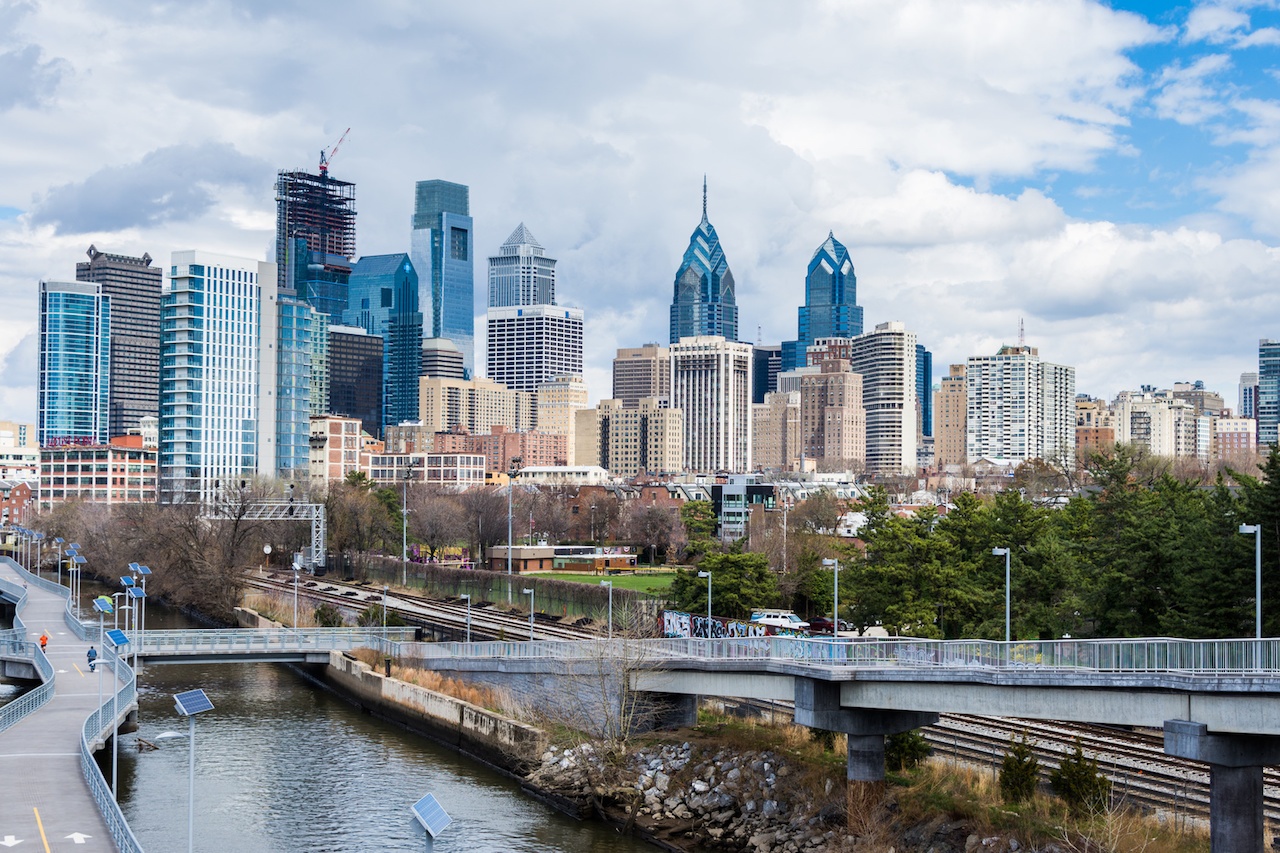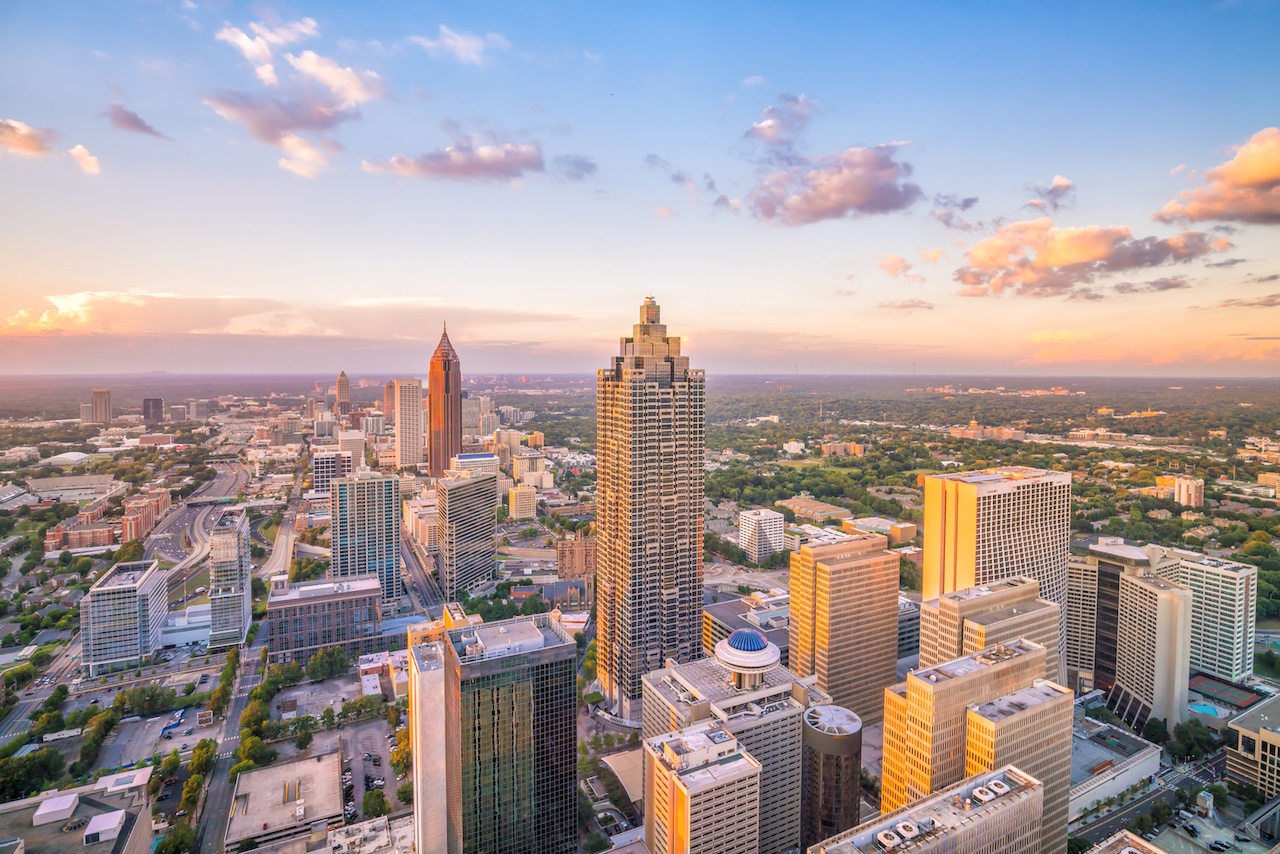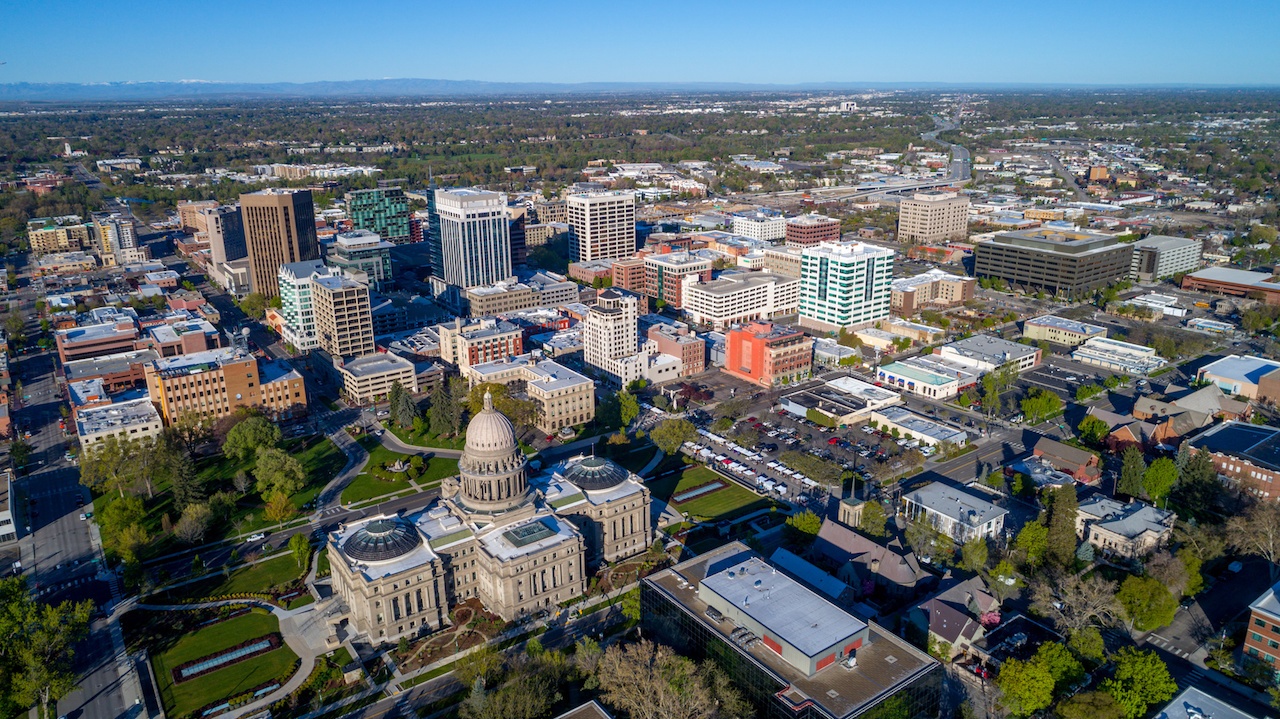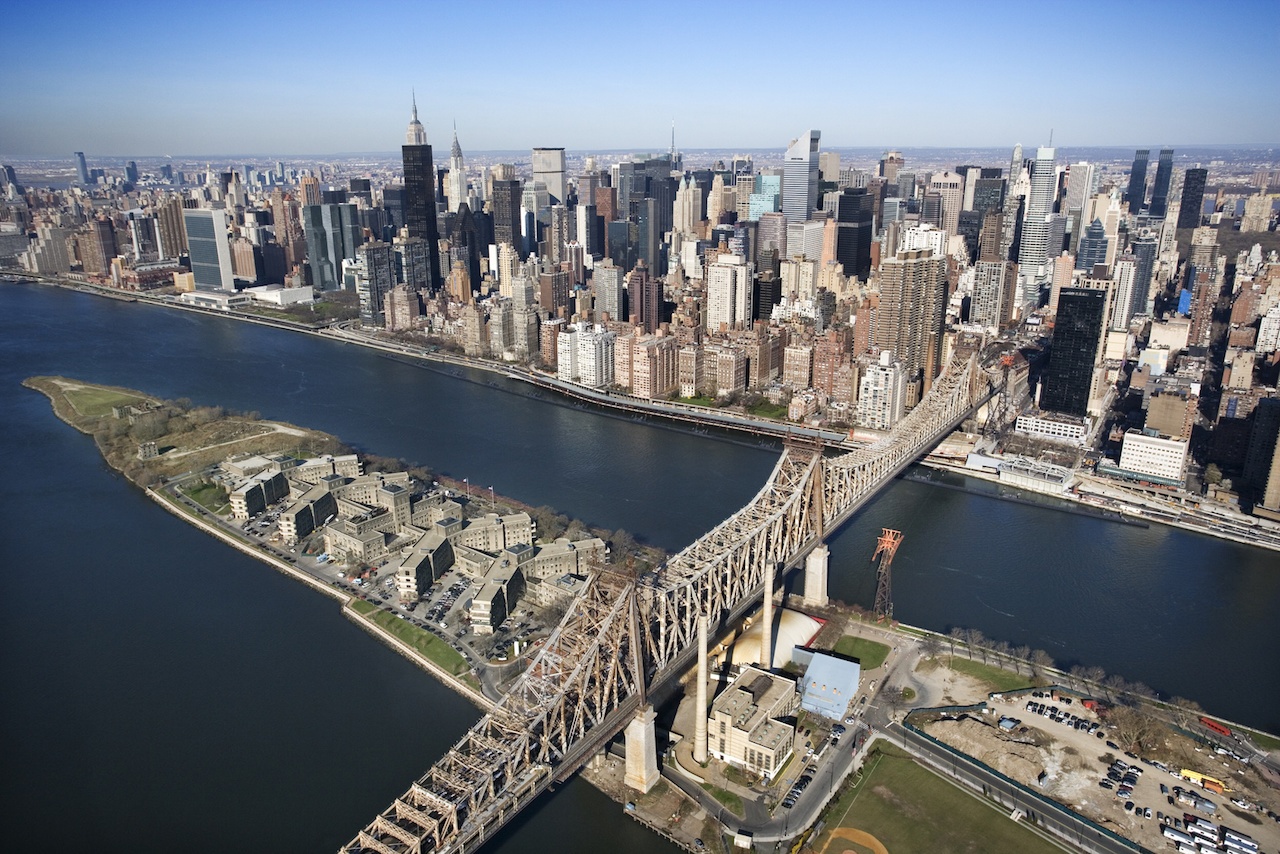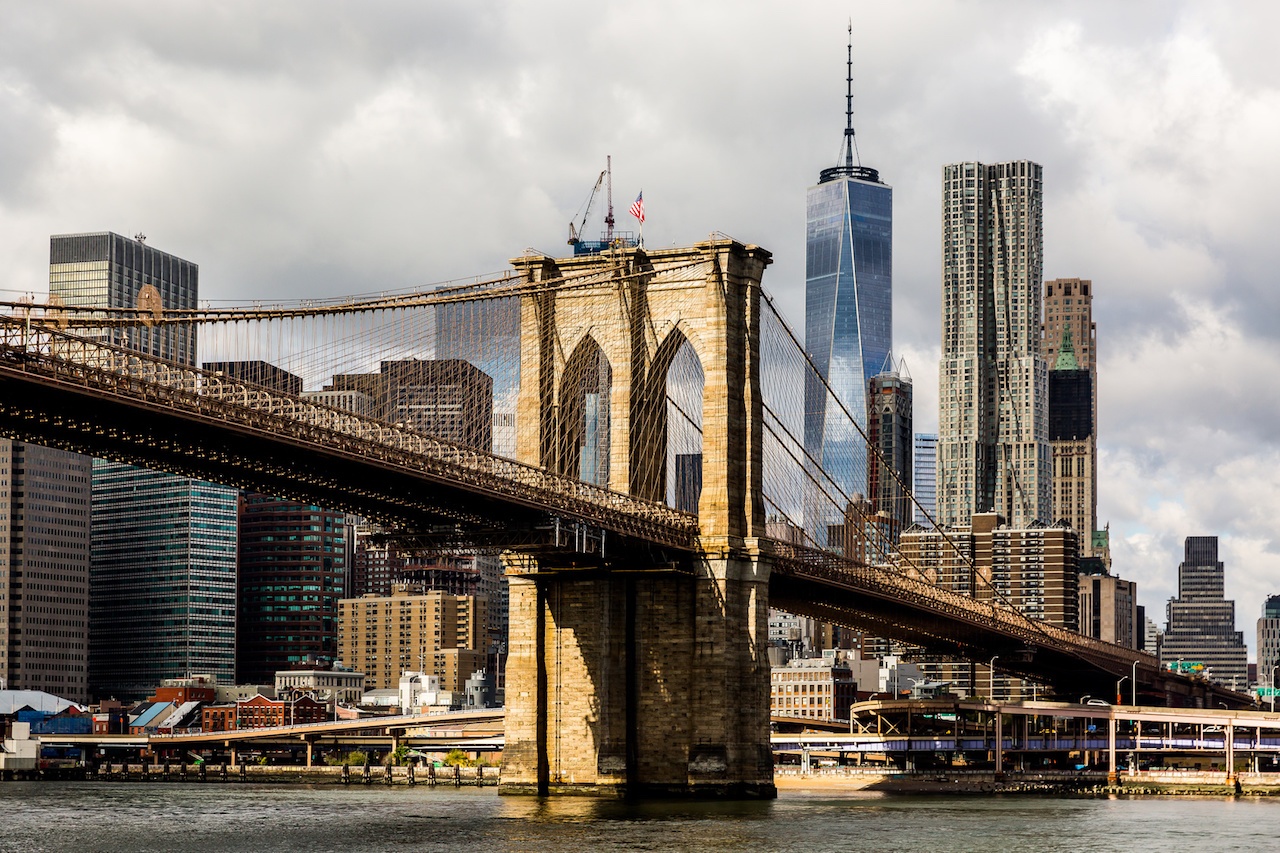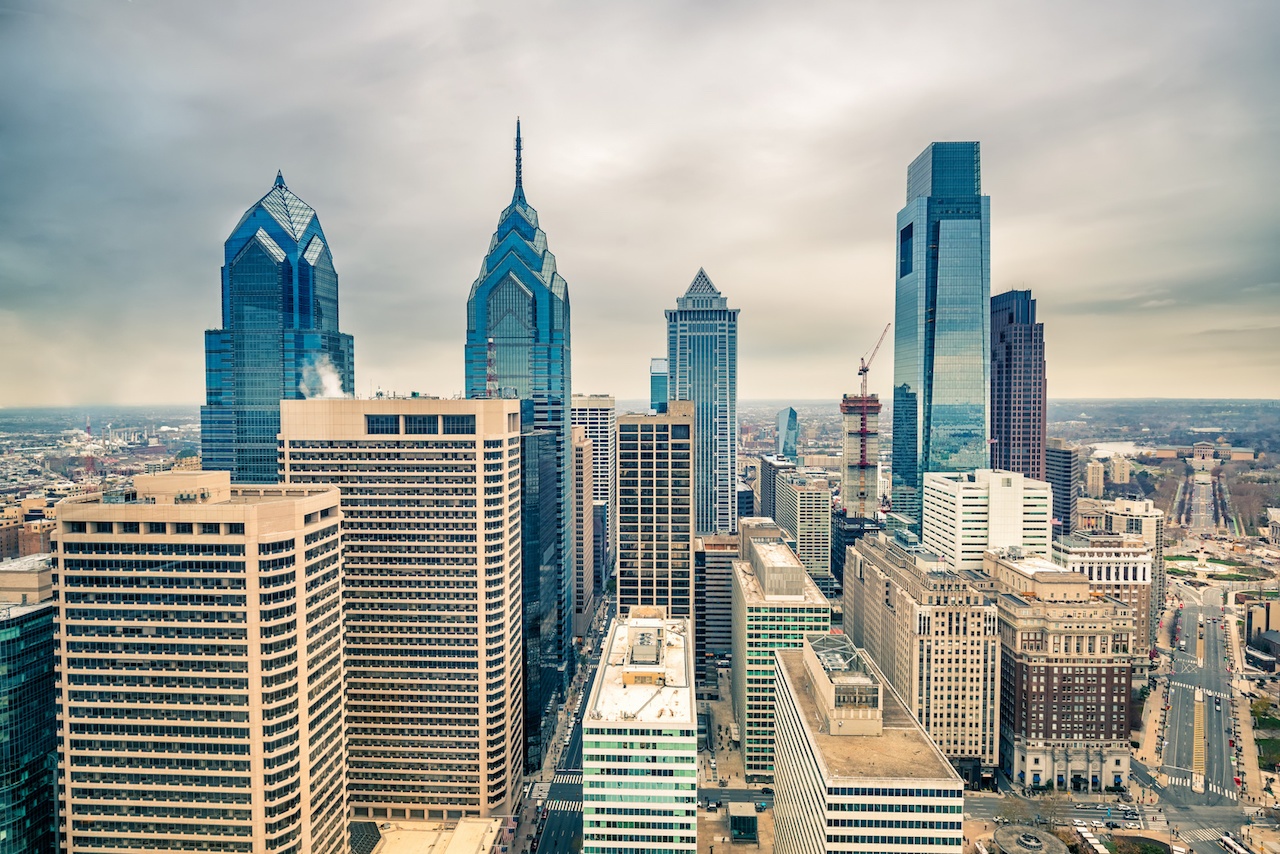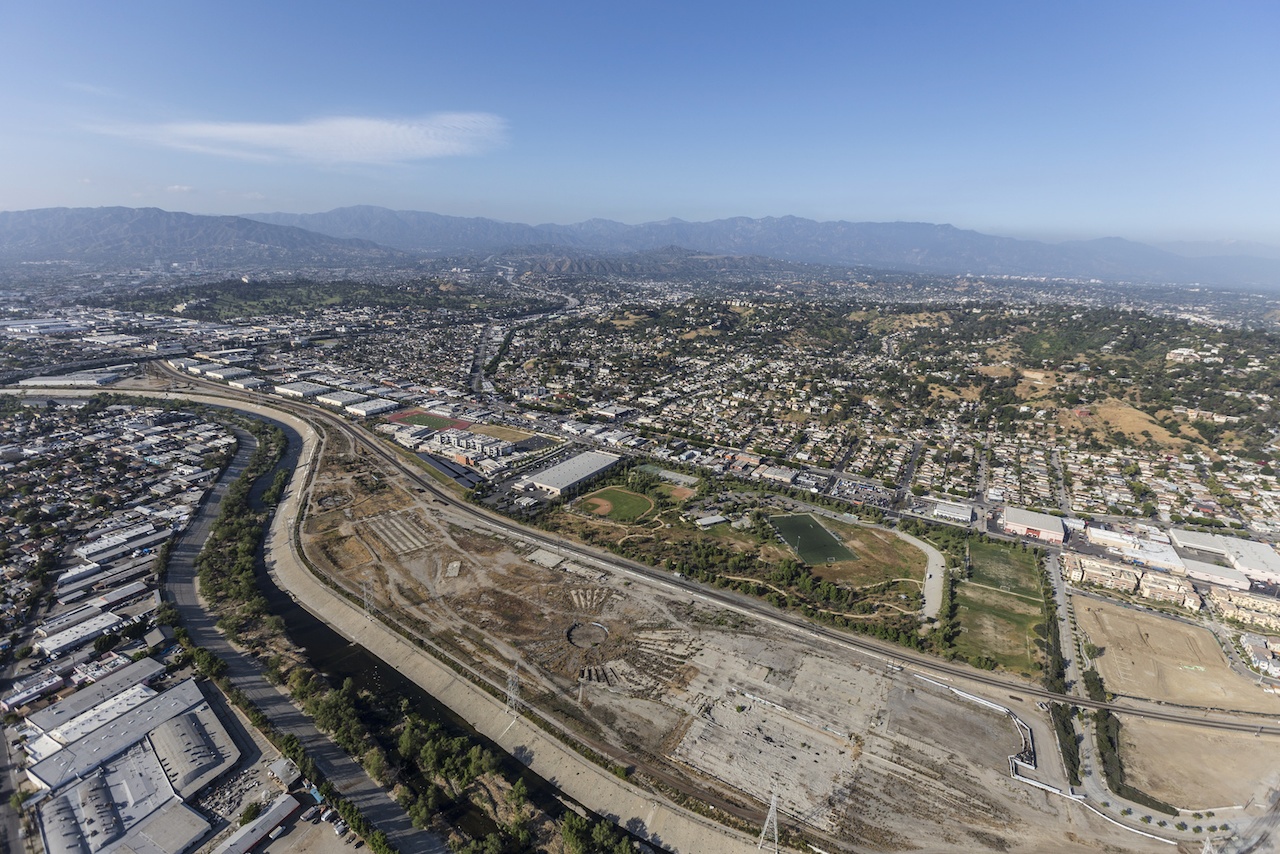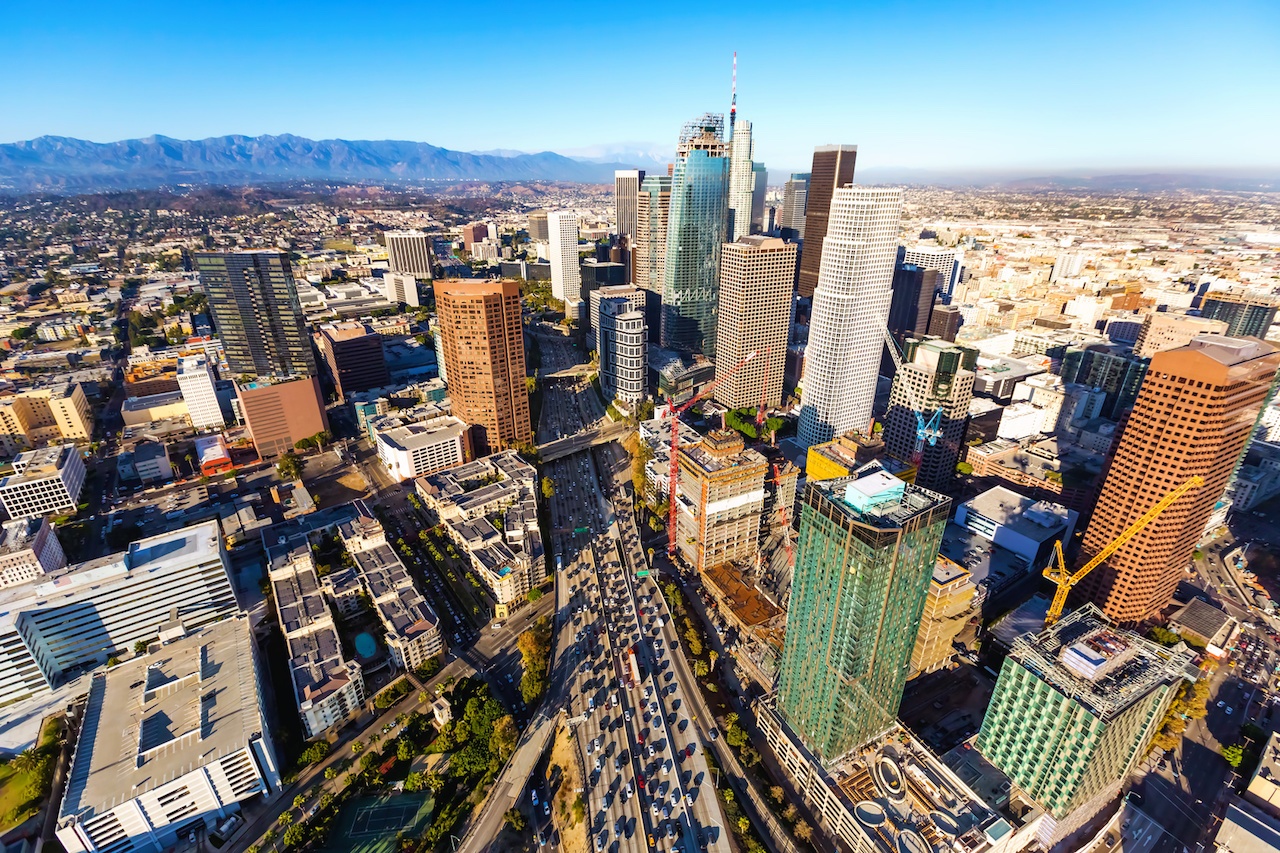Infrastructure
A broad category of content focused on infrastructure-related topics in cities.
Examples: the built environment, building management systems, smart lighting, airports, street design
Where Transportation and Energy Meet and How it is Changing Cities
Comparing chargers to gas pumps is no longer appropriate (or accurate); chargers are not just “power faucets,” they can have significant information processing and analysis capabilities and have multiple high-level connectivity options to various entities. Clearly, the charger talks to the EV (mostly over power line communications, PLC), but at home, for example, the charger can talk to the Smart Home Energy Management System (EMS) that views the EV as an additional smart appliance (albeit one that can double a family’s energy bill). In fact, we have created a “modular brain” (a HW module with embedded SW) that transforms the “dumb” charger to a smart and connected one.
The Smart City Starter Set
As with AMI and smart lighting, the core benefit is efficiency, in this case in the form of reduced energy and water consumption. If the building design is extended to include technologies such as roof-top energy generation and water recycling, then it is increasingly possible to create, at reasonable cost, zero net impact buildings. Smart buildings may also incorporate green roofs, both to help manage temperature and heat island effects, and also to delay storm water run-off.
The Onramp to the Internet is Broken, But Cities Can Fix It
The most glaring flaw in the design of the current ISP model is that it directly contradicts the design and implementation of the internet. The internet is a platform that is open to innovation and competition, and thereby moves control to the customer. Our onramp to the internet, the ISP, is a closed platform that takes control from the customer.
The internet moves power to the consumer and provides a wealth of choices. ISPs control power by controlling infrastructure and, therefore, they constrict choice.
Neighborhood Knowledge Supports Resilient Communities
Long Island City is a New York City neighborhood on the rise, literally. There is more real estate being built in Long Island City (LIC) than any other neighborhood in the country right now, on a square foot basis. Many local factors drive this growth. To understand these local factors and the impact that this development will have on the neighborhood going forward, the LIC community needed a way to collect and analyze local data from a range of different sources. The Long Island City Partnership, a local development corporation that manages the LIC Business Improvement District, collects and analyzes data related to neighborhood conditions and real estate development. The members of the LIC Partnership know everything there is to know about the area, what makes it perform its best and how to improve the neighborhood.
Where Smart Cities and Utilities Overlap
The concept of Smart Cities offers the promise of urban hubs leveraging connected technologies to become increasingly prosperous, safe, healthy, resilient, and clean. What may not be obvious in achieving these objectives is that many already-existing utility assets can serve as the foundation for a Smart City transition. The following is a broad discussion on the areas of overlap between utilities and smart cities, highlighting working knowledge from experience at PG&E.
Integrating Formal and Informal Transportation Services into a Hybrid Network
Featuring Roger Behrens
Meeting of the Minds talked with Roger Behrens about planning for hybrid urban transportation systems that include both formal and informal transit services. Roger is an Associate Professor in the University of Cape Town’s Department of Civil Engineering. He is Director of the Centre for Transport Studies, and of the African Centre of Excellence for Studies in Public and Non-motorised Transport (ACET). He graduated with a Master Degree in City and Regional Planning from UCT in 1991, and with a PhD degree in 2002. His current research activities relate to: the integration and improvement of paratransit services; the dynamics and pace of changing travel behavior; the use of transport systems by pedestrians; and the urban form prerequisites for viable public transport networks.
Bus Stops and the Future of Digital Placemaking
As two officials of a distressed public agency facing down the consequences of a long history of underinvestment, we are acutely sensitive to the need to get things done on a budget. We are also technologists, which brings us to the idea and potential of digital placemaking for mobility infrastructure: the repurposing of web, mobile and other software and hardware tools to bring new value to the places around the physical nodes and artifacts of the transit system.
Digital tools are often limited to a public engagement role in placemaking. We believe that they can play an important role in transit agency efforts to make its physical infrastructure work better for people.
Local Climate Action Starts with Infrastructure
Infrastructure is a place where climate action, business interests, and political will have the potential to intersect. Infrastructure investment tends to be a bipartisan, business-friendly policy, in large part because the need is so great. The American Society of Civil Engineers estimates that the United States will need to spend $3.6 trillion between 2010 and 2020 to simply maintain our current transportation, water, and energy infrastructure. Yet there is an estimated funding shortfall of $1.6 trillion, or approximately 45% of the total requirement. In the American Society of Civil Engineers’ Infrastructure Report card, most infrastructure categories received a D+, with only one category, solid waste infrastructure, receiving a B- or higher.
Protecting Cities’ Critical Assets
As cities grapple with urban growth and climate change placing more people and economic activity in harm’s way, the resilience of critical infrastructures, and of the assets that make up these infrastructures, is coming increasingly under the spotlight. However, this is a complex issue, and not all its dimensions are well understood. This article attempts to explore them.
Cities can be thought of as “systems of systems”, where energy, water, communications, transportation, healthcare, law and order, data, and other physical systems (not to mention social, political and economic systems) interact. From this perspective, many issues arise.
Some countries and cities can identify their critical systems and assets (it is, for example, a Federal requirement for cities to do this in the US), but very few can identify how they are linked to each other. As a result, they have no way to identify and manage the associated inter-dependencies. In many cases, as with the grid failure example, the existence of these linkages may not even be fully understood by all the entities affected, and accordingly come as a highly unwelcome surprise. Achieving critical infrastructure resilience therefore requires investing time and effort to identify and maintain relevant and up-to-date data on these linkages.
Lessons Learned from a Concrete River
The Los Angeles River is now center stage in discussions of open space and recreation, active transportation, regional watershed management, ecosystem restoration, climate resilience, and public art transforming the LA region. The river winds through 51 miles of industrial lots, open space areas, and residential neighborhoods. In the most populous U.S. County, the LA River has potential to serve millions of people.
Towards a New Digital Deal
Communities around the world are accelerating their response to the current wave of digital innovations and they have good reason to. Digitalization can be considered a critical ingredient in the recipe of our sustainable communities of today and tomorrow – in the broadest sense of the word – economically, socially and environmentally. Digitalization carries the means and the organizational paradigm to not just do things slightly more efficiently, but differently and better. The design shift it affords can help us collectively tackle some of the greatest challenges humanity has ever faced, such as climate change, the need for sustainable and affordable energy, fair and sufficient levels of water and food distribution, and education and healthcare for all in a world where the population continues to grow. And of course, it should help us arrive at solutions and services that will allow burgeoning cities to thrive.
Urban Planning to Mitigate Urban Heat Island Effect
In 2014, the United Nations Department of Economic and Social Affairs announced that the majority of humans were residing in urban environments for the first time in recorded history. As the world’s population centers become more densely urbanized, average temperatures in these areas are on the rise. The Urban Heat Island (UHI) effect can be felt on any typical hot and sunny day in cities like Los Angeles or Washington, D.C. In the middle of the city, concrete highways and structures absorb UV rays from the sun and radiate heat into the surrounding area. If you were to venture outside of these cities to less densely populated rural areas, you may find temperatures up to 27℉ lower.
This vast increase in temperature isn’t only an issue while the sun is out. Nighttime temperatures in urban areas have been found to be as much as 22℉ higher than air temperatures in neighboring, less developed areas. The UHI effect is exacerbated by removing green spaces, which leads to an increase in greenhouse gas emissions and air pollution levels. Removing green spaces puts a strain on other critical urban infrastructure such as the energy grid, water quality and public health systems. Redeveloping underutilized land, such as vacant lots or former industrial and commercial sites, presents excellent opportunities to rethink UHI mitigating factors such as the urban tree canopy, green roofs, and other issues related to site design and building materials. Land recycling presents an opportunity to design from the ground up in anticipation of the our changing climate and the demands it will place on all of us.

